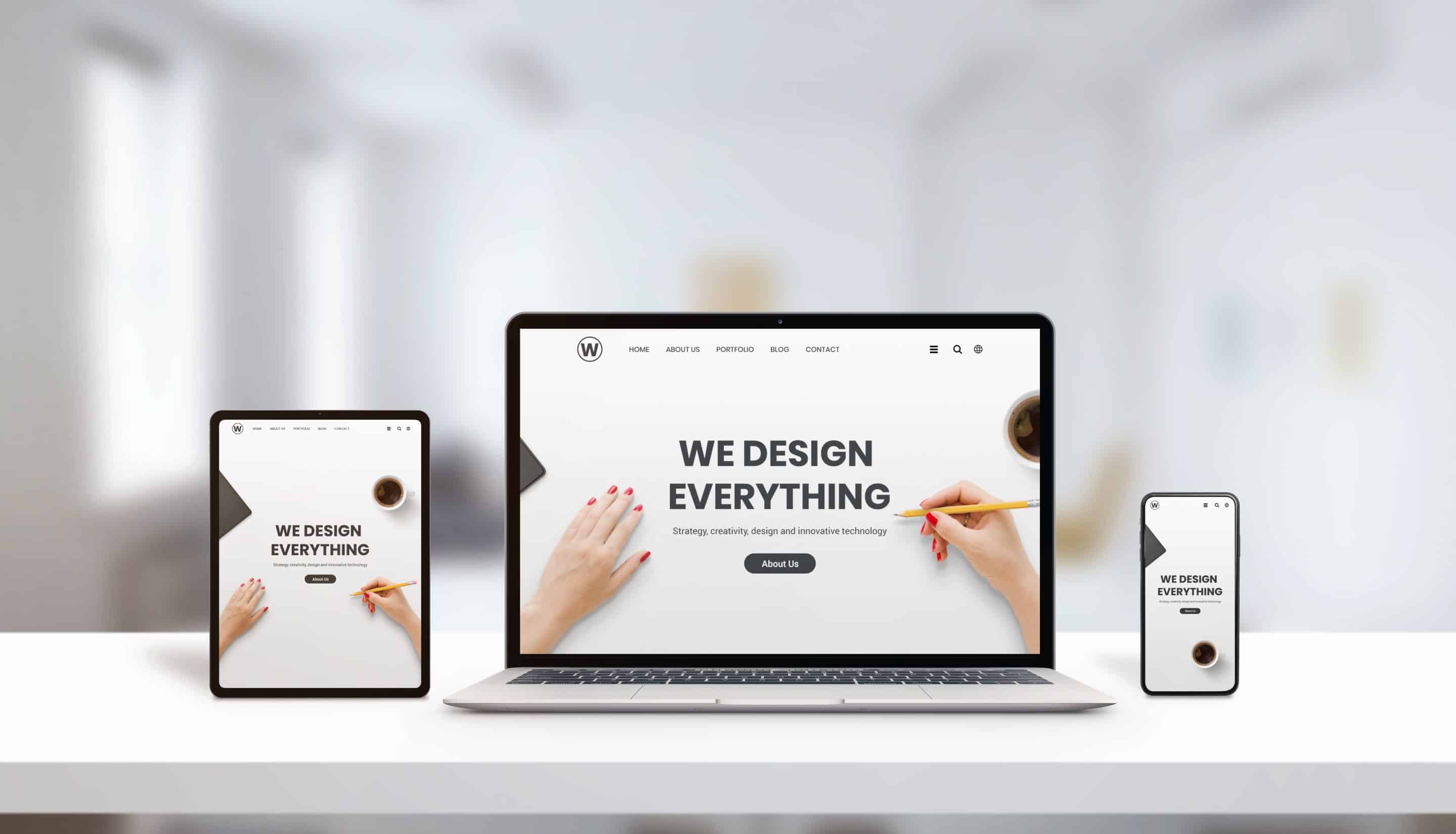As a business owner, you know the importance of having a strong online presence. In today's digital age, having a functional and user-friendly website is crucial for success. But how can you ensure that your website is meeting the needs and expectations of your target audience? The answer lies in user testing.
User testing involves gathering feedback from real users to evaluate the usability of a website or product. By understanding how users interact with your website, you can make informed decisions to improve its design and functionality. In this article, we will discuss the best practices for conducting user testing to maximize usability and ultimately drive conversions for your business.
The Importance of User Testing
Before we dive into best practices, let's first understand why user testing is so important. The reality is that no matter how skilled or experienced a designer may be, they cannot predict how all users will interact with their website. User testing allows us to gather valuable insights directly from our target audience and make data-driven decisions on how to improve their experience.
User testing also helps identify any issues or roadblocks that may be hindering conversions on your website. For example, if users are struggling to find important information or complete a purchase, this feedback can provide valuable insights into areas that need improvement.
Types of User Testing
There are various methods for conducting user testing depending on the specific goals and needs of your business. Some common types include:
1) Remote Testing: This method involves having participants complete tasks on your website from their own location while being recorded remotely.
2) In-Person Testing: As the name suggests, this type of testing takes place in person where participants are observed while completing tasks on your website.
3) A/B Testing: A/B testing involves creating two versions (A and B) of a webpage and randomly assigning users to one version or the other to determine which performs better.
4) Surveys/Questionnaires: These can be used as an additional method to gather feedback from users after they have completed a task or visited your website.
Best Practices for Gathering Feedback
No matter which type of user testing you choose to conduct, there are some best practices that should be followed to gather the most valuable insights:
1) Clearly Define Your Goals: Before conducting any user testing, it's crucial to have a clear understanding of what you are trying to achieve. Are you looking to improve the overall design and layout of your website? Or do you want to understand why users are abandoning their shopping carts? Defining your goals will help guide the type of testing you conduct and the questions you ask participants.
2) Choose Your Participants Carefully: It's important to select participants who closely represent your target audience. For example, if your website caters primarily to millennials, it wouldn't make sense to have an older demographic participate in your testing. This ensures that the feedback you receive is relevant and applicable.
3) Keep Tasks Simple: When creating tasks for participants, make sure they are straightforward and easy to complete. You don't want participants getting stuck on a confusing task or feeling frustrated as this can skew their feedback.
4) Observe User Behavior: If conducting in-person testing, take note of how users navigate through your website. Are they able to find what they're looking for quickly? Do they encounter any issues or roadblocks? Observing user behavior can provide valuable insights into areas that may need improvement.
5) Ask Open-Ended Questions: Instead of asking yes or no questions, ask open-ended questions that encourage participants to share their honest opinions and experiences. This will provide more detailed feedback that can help pinpoint specific pain points on your website.
Analyzing Feedback
Once you have gathered feedback from user testing, it's important to analyze it carefully in order to make informed decisions on how to improve your website. Some key things to look out for include:
1) Common Pain Points: Are there specific tasks or areas of your website that multiple participants struggled with? This could indicate a larger issue that needs to be addressed.
2) User Preferences: Take note of any patterns in user preferences. For example, do most participants prefer a certain layout or design element? This can help guide future decisions on website design and functionality.
3) Quantitative Data: If conducting A/B testing, pay attention to the quantitative data such as click-through rates and conversion rates. This will provide concrete evidence on which version of your webpage is performing better.
Conclusion
In conclusion, user testing is a crucial step in maximizing the usability of your website. By gathering feedback directly from your target audience, you can make informed decisions to improve their experience and ultimately drive conversions for your business. Remember to clearly define your goals, choose participants carefully, keep tasks simple, observe user behavior, and ask open-ended questions to gather the most valuable insights. With these best practices in mind, you can take your website's usability to the next level and stand out among competitors in the digital world.





































0 Comments